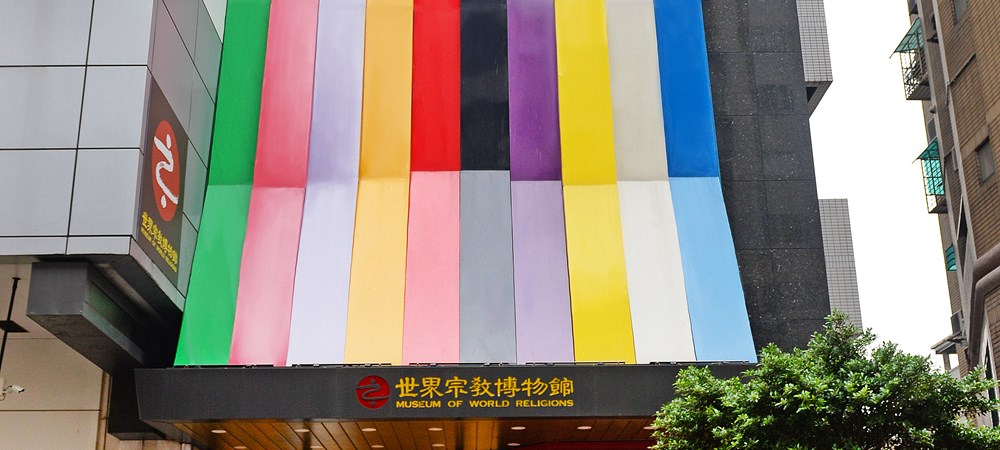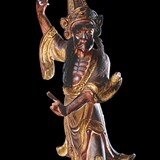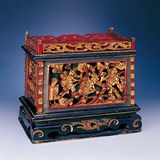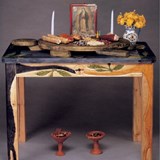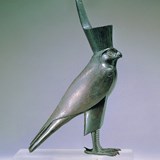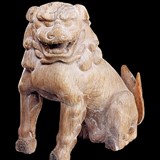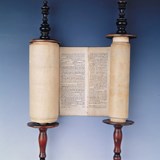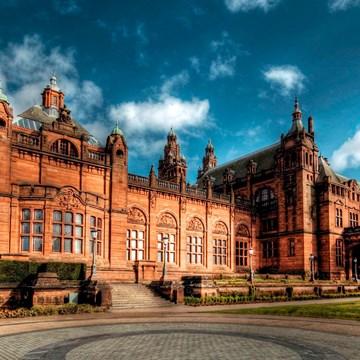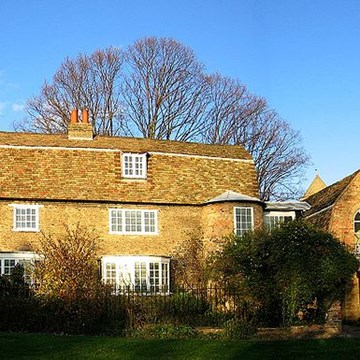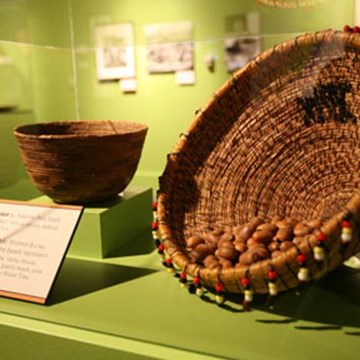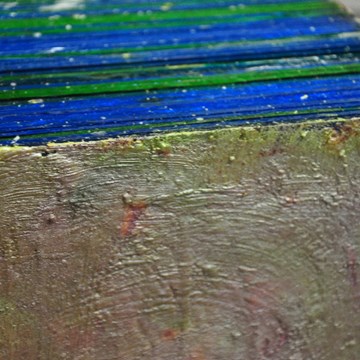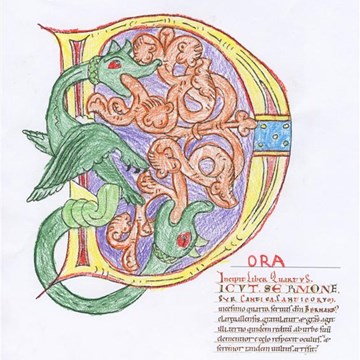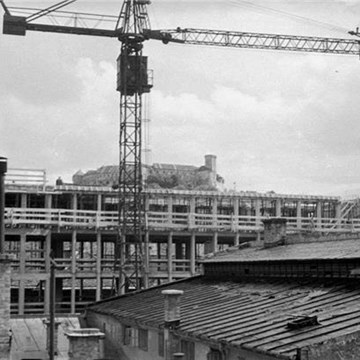Museum of World Religions
RESPECT FOR ALL FAITHS
TOLERANCE FOR ALL CULTURES
LOVE FOR ALL LIFE
Master Hsin Tao thinks that a pluralist society needs a diversity of methods for popularizing religion and, therefore, establishing a World Religions Museum is a practical requirement for this era. As Master Hsin Tao repeatedly stresses, a museum of world religions must be different from traditional static displays of cultural artifacts. Essential features must include creating dialogue and interaction with the audience, providing real-life experiences from which to choose one's religion rather than presenting a comparative criticism of different religions.
The World Religions Museum's displays must have an international field of vision and, whilst actively attracting audiences, should provide essential information and multiplicity of choice. Entering the museum will be like entering a religious department store. This establishment is not age or gender-specific, but aims to meet the requirements of every category of person on the basis of individual needs and experiences. To be a successful museum, it must be successful in four main areas: technology, information, social education and leisure.
Master Hsin Tao emphasizes the scientific and technological aspects as he feels that young people of the next generation will not automatically be interested in antiquated cultural artifacts. Only by presenting them in the context of modern technology can antiquated artifacts be transformed into something which produce a resonance in young people, and which can hence attract them to visit the museum and receive the benefit of the museum's educational work. Thus technology can help them to attain a feeling of inner balance, whilst it also allows humankind to recognize the universal truth and gain a world outlook.
Modern technology is used to provide information about the world's religions. People can make use of this diverse and complex knowledge to arrive at an objective truth and make judgements for themselves as they seek answers. This information advances an understanding of why human beings desire religious beliefs and of what assistance religion can give people. It allows spectators to affirm and be convinced through personal experience, and thereby transform their intrinsic perceptions.
In terms of social education, the museum aims to counter the tendency for people's spiritual space to become gradually narrower until it has only space for oneself. A self-serving heart, whilst bringing a realm of knowledge, only receives the vexations of obstruction. Through the concept of 'universal love', Master Hsin Tao teaches people to understand the importance of mercy and love for others. By lighting the lamp of each person's heart, and by using the dissemination of religious culture to cleanse the human heart, he hopes to bring an end to the committing of sins. Museums must balance education with leisure. Rather than being confronted by an appearance of religious dogma and inflexibility, visitors to the Taipei museum will discover a place that allows them to relax and that is integrated with life. The exhibitions are designed according to the theory that education and pleasure are not incompatible. Indeed, in our presently busy and strained living conditions, displays which allow the spirit to roam freely provide the heart with a great sense of ease and relaxation, allowing renewed recognition and confrontation of oneself.
Master Hsin Tao therefore hopes that devising a museum which makes use of the principles of nature will inspire love and peace. At the same time, religion can help to resolve people's bewilderment about life, and enable them to reaffirm life's worth.
Exhibitions and events
We don't have anything to show you here.
Educational programs
We don't have anything to show you here.


